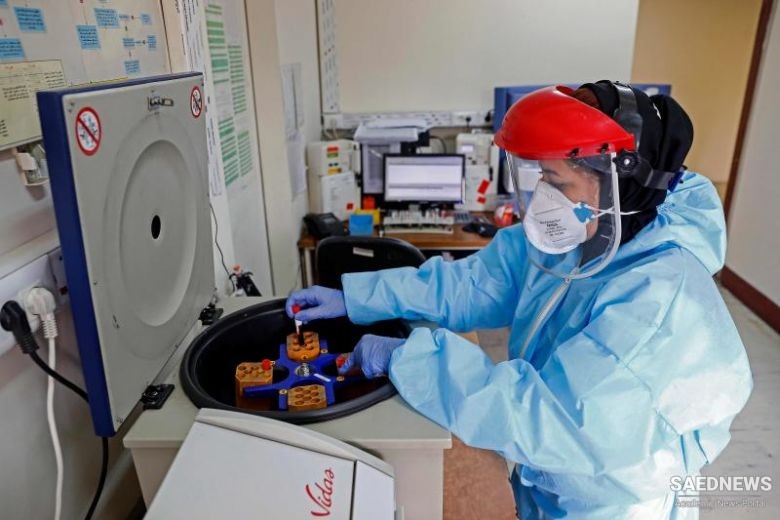SAEDNEWS Oct 1: Pointing to the numerous researches done on COVID-19 vaccines at the international level, the Chancellor of Iran University of Medical Sciences said that over 10 groups are working on vaccine production, two of which achieved better results. The vaccine will enter the clinical trial in the next one or two months, he noted, adding, if this step is done successfully, the vaccine will be mass-produced. He predicted that Iran will be able to obtain internationally-approved vaccine samples by autumn or early winter. Of course, these vaccines may also be imported, depending on the time, he highlighted. Health Minister Saeed Namaki said in late June that a home-grown vaccine, meant to confront COVID-19, is set to begin its third and final trial in the near future.

Vaccine development
Researchers around the world are developing more than 165 vaccines against the coronavirus, and 31 vaccines are in human trials, The New York Times reported. The report adds that typically vaccines require years of research and testing before reaching the clinic, but scientists are racing to produce safe and effective vaccines by next year. Hundreds of millions of eggs – the traditional medium for incubating the viruses before they are inactivated and made into vaccines – are delivered to laboratories, and production continues throughout the spring until the syringes are filled in the summer.
The procedure of vaccine testing before final approval is divided into five steps: Stage 1, Phase I, II & III, and Stage 2. The first clinical trials started in March, and now there are some 30 tests underway. Before human trials testing the coronavirus, vaccines began with injection into mice or monkeys to see how they respond. After animal tests turned out well, researchers enlisted volunteers for a Phase I trial. Scientists give the vaccine to a small number of people to test safety and dosage as well as to confirm that it stimulates the immune system (Source: Tehran Times).


 US Sanctions Threaten Iranian Lives During COVID-19 Pandemic
US Sanctions Threaten Iranian Lives During COVID-19 Pandemic














































